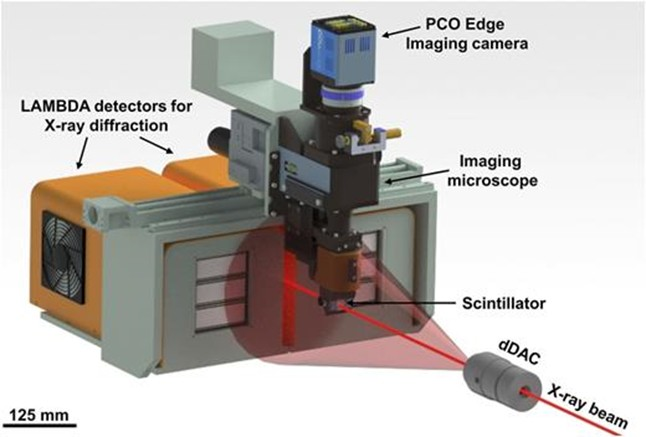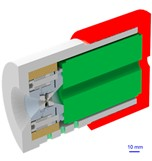The invention of the dynamic diamond anvil cell dDAC (Evans et al. 2007) has created a new field of research aiming at bridging the gap between traditional static DAC and dynamic compression experiments. Since the first publication of the original design, almost 20 years have passed, and many new variations of the original design have transpired, including high and low temperature dDACs as well as rapid compression membrane driven DACs and combinations thereof. In addition, analytical techniques used to characterize and quantify compression dependent behavior, have expanded from pure observational work, based on rapid optical cameras, to include time resolved X-ray diffraction and spectroscopy (fluorescence and Raman) at both large scale facilities (Synchrotrons and XFELs) and home laboratories. The science that is being pursued with this new dDAC technology covers the study of kinetic effects during crystallization and melting when crossing liquid-solid, solid-solid and even liquid-liquid phase boundaries. By using different compression rates, we can explore different pathways for the synthesis of new compounds. Thus, it seems timely to gather and review technological advances and more important advances in the field rapid compression science to assess and discuss where this still relatively new field will develop. For this reason, we are organizing a workshop on rapid compression technology and science at DESY in Hamburg.
The folling sessions are planed at the moment:
- Technical Overview of Rapid Compression Techniques at Different Facilities/Laboratories
-
Rapid Compression in Earth and Planetary Science
- Studying kinetics of phase transitions during rapid compression in metals
-
Studying kinetics of phase transitions in molecular solids
Deadline for registration and abstracts: 15 June 2025


